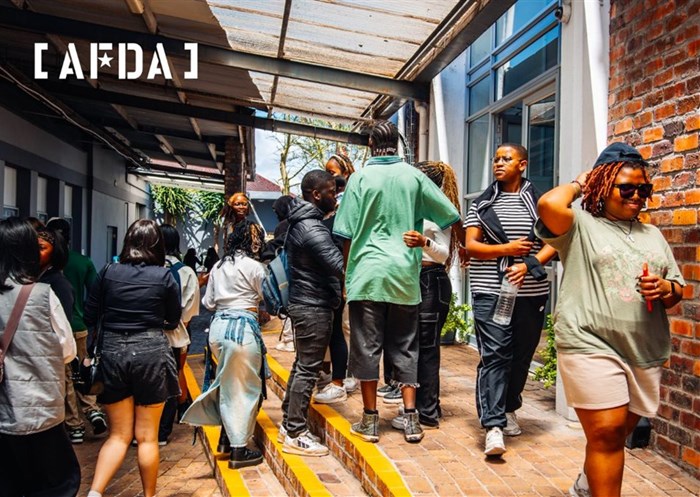
Top stories


EducationFrom adversity to opportunity: African education’s revival strategies
Sanjeev Mansotra 22 hours


Marketing & MediaThe Odd Number named Financial Mail AdFocus Mid-Sized Agency of the Year
The Odd Number 1 day


More news













Arts educators serve a vital role in ensuring students deeply understand these technologies and can critically evaluate their usage. Rather than viewing AI systems as 'black boxes' that simply output art and media, students should scrutinise how large language models function, probe their limitations, and identify potential harms stemming from biases or lack of transparency.
Constructively integrating AI into coursework guides students to think through necessary ethical precautions and can inspire rich conversations around human vs automated creation. Equipping learners to ethically co-create with AI as a tool, not as a replacement for human imagination and expression, will empower the next generation of writers, designers, and creative professionals to harness its potential while proactively addressing risks.
Here are some best practices for incorporating AI critically into arts curricula:
Equipping students to ethically co-create with AI as a tool guides them to harness its potential while addressing risks. Educational activities centred on critical analysis of outputs surface meaningful deficiencies for exploration. This foundation facilitates informed advocacy and leadership surrounding AI’s progress to positively shape its integration across creative industries.